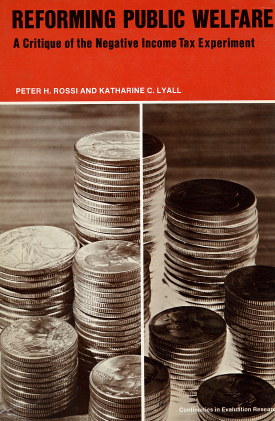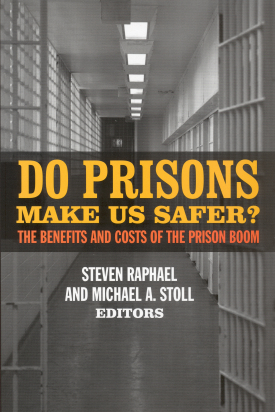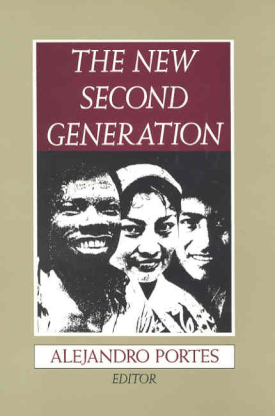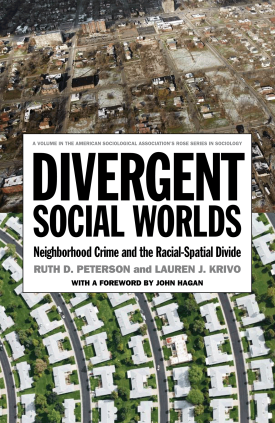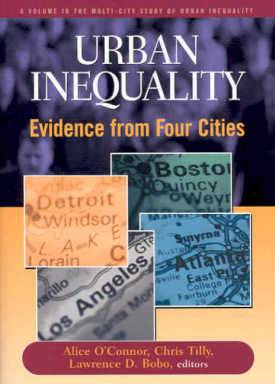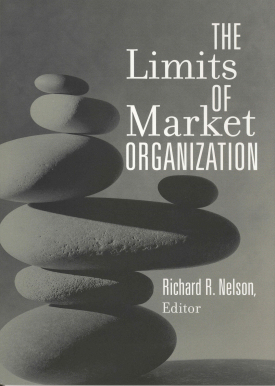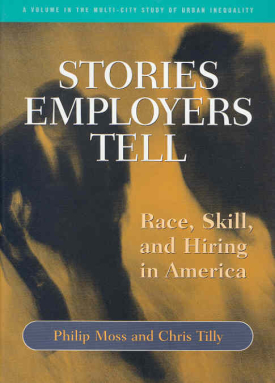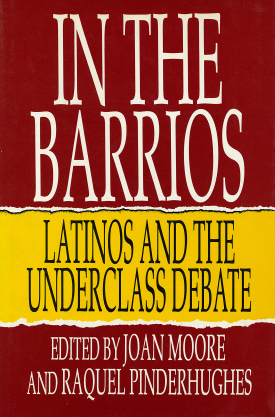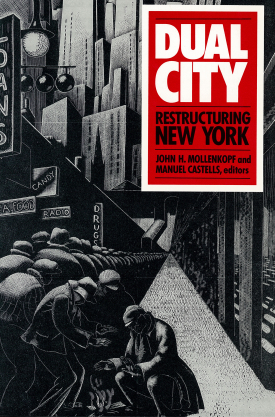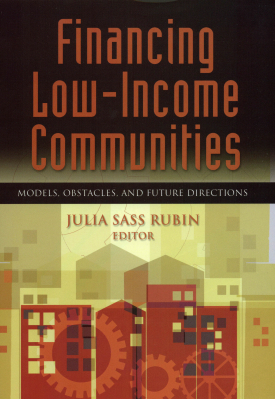
Financing Low-Income Communities
About This Book
Access to capital and financial services is crucial for healthy communities. However, many impoverished individuals and neighborhoods are routinely ignored by mainstream financial institutions. This neglect led to the creation of community development financial institutions (CDFIs), which provide low-income communities with financial services and act as a conduit to conventional financial organizations and capital markets. Edited by Julia Sass Rubin, Financing Low-Income Communities brings together leading experts in the field to assess what we know about the challenges of bringing financial services and capital to poor communities, map out future lines of research, and propose policy reforms to make these efforts more effective.
The contributors to Financing Low-Income Communities distill research on key topics related to community development finance. Daniel Schneider and Peter Tufano examine the obstacles that make saving and asset accumulation difficult for low-income households—such as the fact that tens of millions of low-income and minority adults don’t have a bank account—and consider solutions, like making it easier for low-wage workers to enroll in 401(K) plans. Jeanne Hogarth, Jane Kolodinksy, and Marianne Hilgert review evidence showing that community-based financial education programs can be effective in changing families’ saving and budgeting patterns. Lisa Servon proposes strategies for addressing the challenges facing the microenterprise field in the United States. Julia Sass Rubin discusses ways community loan and venture capital funds have adapted in response to the decreased availability of funding, and considers potential sources of new capital, such as state governments and public pension funds. Marva Williams explores the evolution and recent performance of community development banks and credit unions. Kathleen Engel and Patricia McCoy document the proliferation of predatory lenders, who market loans at onerous interest rates to financially vulnerable families and the devastating effects of such lending on communities—from increased crime to falling home values and lower tax revenues. Rachel Bratt reviews the policies and programs used to make rental and owned housing financially accessible. Rob Hollister proposes a framework for evaluating the contributions of community development financial institutions.
Despite the many accomplishments of CDFIs over the last four decades, changing political and economic conditions make it imperative that they adapt in order to survive. Financing Low-Income Communities charts out new directions for public and private organizations which aim to end the financial exclusion of marginalized neighborhoods.
JULIA SASS RUBIN is assistant professor at the Edward J. Bloustein School of Planning and Public Policy at Rutgers University.
CONTRIBUTORS: Julia Sass Rubin, Rachel G. Bratt, Kathleen C. Engel, Marianne A. Hilgert, Jeanne M. Hogarth, Robinson Hollister, Jane Kolodinsky, Patricia A. McCoy, Daniel Schneider, Lisa Servon, Peter Tufano, and Marva E. Williams.

